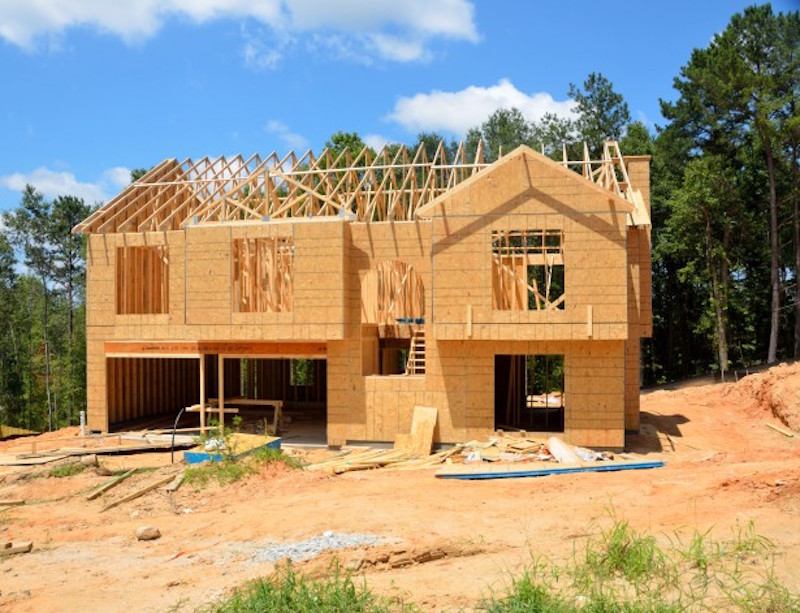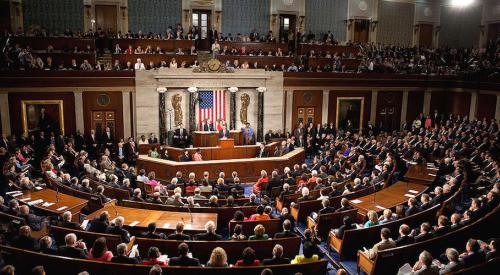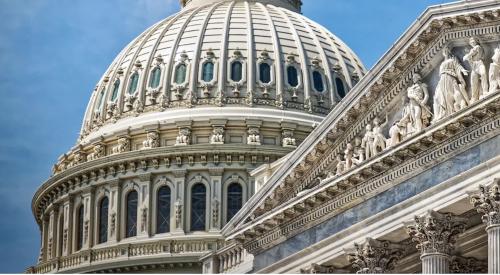As the housing industry continues its long climb back toward normal production levels, the NAHB will be working with its members across the country to improve the policy and business environment for the residential construction industry. The NAHB’s newly installed chairman of the board, Ed Brady, of Bloomington, Ill., has outlined the association’s priorities for this election year.
Perhaps the most effective way to advance the NAHB’s policy agenda is to ensure that elected officials appreciate housing’s importance to the nation’s economy and their constituents’ well-being and are aware of the home building industry’s perspective on important housing issues.
To that end, the NAHB is urging its members to reach out to their elected officials to remind them of housing’s importance and to emphasize the need for housing-friendly policies. In an election year, it’s also essential that NAHB members impress their priorities on the candidates for federal office, including the presidential candidates, as well as those running for state and local office.
The NAHB’s senior leadership team is doing its part in the effort by reaching out to every presidential campaign to schedule face-to-face discussions regarding housing policy. The association hopes to take advantage of a competitive election—when policymakers are most receptive—to move the housing industry agenda forward and ensure that candidates make housing a priority in their campaigns.
Another significant effort this year will be continuing the fight against excessive regulations. Imposed by government at all levels, these rules touch every aspect of the home building process. Residential construction has made significant headway since the depths of the Great Recession, but policymakers must put the brakes on excessive and ineffective regulations to keep up the momentum.
The NAHB will also work with regulators, meeting frequently with officials from HUD, the EPA, and other federal agencies to demonstrate how excessive rules can harm our industry, our customers, and the greater economy. If necessary, the NAHB will not hesitate to go to court to facilitate policy change.
The policies under which NAHB members labor have a significant impact on the work they do and the cost of the homes they build. With rational, cost-effective measures in place, the home building and remodeling industries can be a greater source of economic growth and job creation. The NAHB is going to work hard to make that happen.


According to the NAHB/Wells Fargo Housing Index, builder confidence stayed the same in January, remaining at 60. December new-home sales rose 10.8 percent from November to an annual rate of 544,000, while housing starts decreased 2.5 percent during the same period to an annual rate of 1.15 million. Remodeling spending in December increased 0.1 percent to $145.5 million













